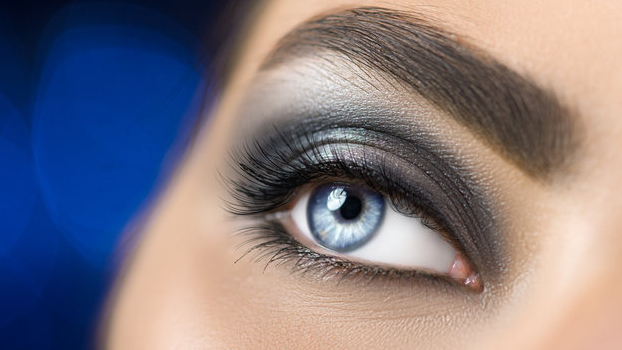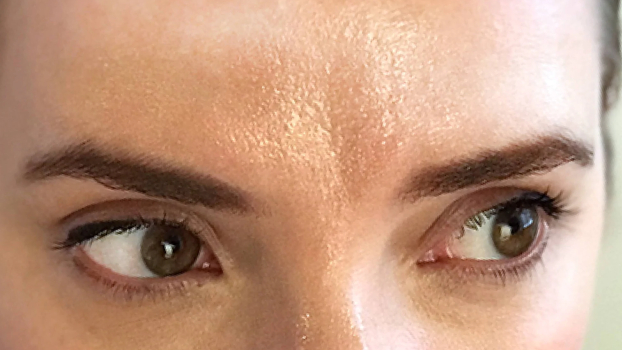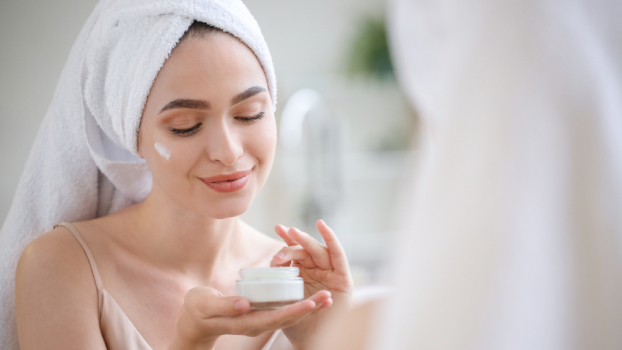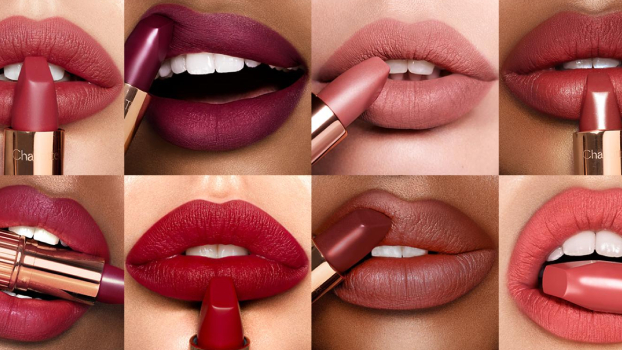
Skincare routine for oily skin condition known as greasy skin. This condition is widespread and arises due to the overproduction of sebum by the sebaceous glands present in the skin.
Even though sebum is crucial to keeping the skin moisturized and in good condition, excessive production can result in greasy skin, which can be inconvenient and uncomfortable.
Nevertheless, adhering to a skincare regimen that is tailored to treat greasy skin can help regulate the surplus oil and preserve a healthy glow.
This article will delve into the most effective practices and recommendations for a skincare regimen for greasy skin.
Understanding Oily Skin

Excessive secretion of sebum by the sebaceous glands in the skin is the primary feature of oily skin. This condition can result from a variety of factors, such as genetic predisposition, hormonal fluctuations, and environmental influences. Skincare Routine for Oily Skin can cause a glossy appearance, enlarged pores, and a heightened susceptibility to acne.
1. Cleansing
Purification is a crucial phase in any skin care regimen, particularly for oily skin. It aids in eliminating surplus oil, grime, and contaminants from the skin, preventing blemishes and encouraging a healthy glow. Nonetheless, selecting the appropriate purifier for oily skin is critical.
Seek a purifier that is devoid of oil, non-comedogenic, and contains salicylic acid, glycolic acid, or benzoyl peroxide, as these can help regulate oil secretion.
2. Toning
Balancing the pH levels of oily skin is a crucial aspect of skincare, and toning is an effective way to achieve this. Additionally, toning helps to minimize the visibility of pores and regulate the production of excess oil.
When selecting a toner, opt for one that is free of alcohol and enriched with natural ingredients like witch hazel, tea tree oil or aloe vera, which are known to soothe and pacify the skin.
3. Exfoliating
Eliminating dead skin cells, clearing up pores, and preventing breakouts are all essential aspects of a skincare regimen intended for oily skin. Nevertheless, it is crucial to refrain from over-exfoliating since it can impair the skin’s protective layer and cause irritation.
Select a mild exfoliant that includes salicylic acid, glycolic acid, or lactic acid, which can assist in regulating oil production and averting breakouts.
4. Moisturizing
Numerous individuals having oily skin tend to avoid moisturizing, assuming that it will intensify the oiliness of their skin. Nonetheless, refraining from using a moisturizer can actually exacerbate oily skin. When the skin lacks hydration, it generates more oil to balance it.
Also Read: Understanding of Moisturizers for Your Skincare
Seek out a light, oil-free moisturizer that incorporates hyaluronic acid, glycerin, or ceramides, as they can aid in moisturizing the skin whilst not obstructing the pores.
5. Sun Protection
It is essential to safeguard your skin against the sun’s harmful rays to maintain a healthy appearance, irrespective of your skin type. Nevertheless, for oily skin, it becomes even more critical because sun exposure can lead to increased oil production.
Opt for a sunblock that is light in weight, does not contain oil, and has an SPF of 30 or more. Don’t forget to apply it daily, even on overcast days.
Also Read: All About Sunscreen: Benefits, Types, and How to Use
Types of Facial Skin

1. Normal Skin Type
The facial skin type referred to as normal is typically characterized by skin that is neither excessively dry nor excessively oily. Normal skin exhibits a number of traits, including:
- Glowing face
- There is no Severe Sensitivity
- No or Minimal Imperfections
- Barely Visible Pores
2. Dry skin
Typically, individuals with parched skin types exhibit some of the ensuing traits:
- More Noticeable Fine Lines
- Barely Visible Pores.
- Looks a bit Dull and Rough Skin.
- Less Elastic
- Red Blotches
Dehydrated skin often experiences issues such as fissures, shedding, or feeling uncomfortable, agitated, or swollen. When it is excessively parched, it may become coarse and scaly, particularly on non-facial regions like the dorsum of the hands, limbs, and shanks.
Dehydrated skin can arise or worsen due to diverse elements, such as:
- Medicines.
- Aging or Hormone Changes.
- Ultraviolet Radiation (UV) From Tanning Beds
- Ingredients in Soaps, Cosmetics, or Dleansers.
- Room Heater.
- Long, Hot Showers and Baths.
- Gen.
- Weather Such as Wind, Sun or Cold.
3. Sensitive Skin
Caring for sensitive skin can be quite challenging. This is because facial products can trigger various reactions, such as:
- Drought.
- Reddish.
- Burnt.
- Itchy.
In case you possess delicate skin, attempt to identify the factors that activate it so that you can evade and cure them. There exist numerous feasible causes, but frequently it happens in reaction to particular skin care items.
4. Combination Skin Type
Diverse skin types include combination skin, which refers to skin that may be dry or normal in certain regions and oily in others, such as the T-zone (comprising the nose, forehead, and chin).
A large number of individuals possess this skin type. This skin condition might necessitate distinct care for various regions. Typically, mixed skin exhibits various distinct attributes, namely:
- Glossy skin.
- Pores That Look Larger Than Normal, Because They are More Open.
- Comedo.
5. Oily Skin Type
In case you possess greasy facial skin, you will typically encounter the following symptoms:
- Blackheads, acne or other blemishes.
- Enlarged pores.
- Dull or shiny, thick leather.
The level of oiliness can significantly vary based on factors like age, physical condition, and climate. A range of elements can trigger or exacerbate it, including:
- Heat or being in an area that is too humid.
- Puberty or other hormone imbalance.
- Was stressed.
Conclusion
Adopting a personalized skincare regimen that caters to oily skincare routine for oily skin can assist in regulating the overproduction of oil and fostering a healthy facial appearance.
The fundamental stages of any oily skin routine include purifying, balancing, peeling, hydrating, and safeguarding against sun damage.


